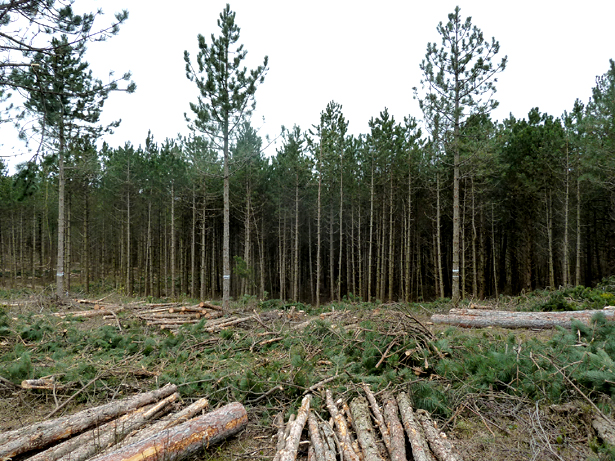Austrian pine fit for climate change?

Climate projections forecast a rise of the Earth’s average temperature of 2 to 4 degrees Celsius until the year 2100. The prognosis for Austria is an increase of 3.5 degrees Celsius until 2100 (Österreichischer Sachstandsbericht zum Klimawandel, 2014).
This will also lead to new challenges in the forestry sector. Sustainable managed forests and the utilization of long-lasting wooden products are important contributions to a positive carbon dioxide balance in Austria. Managing forests in a sustainable way includes means to afforesting all harvested areas. In order to preserve the manifold functions and guarantee the stability of forests it is more important than ever to use planting material adaptive for future climatic conditions.
Importance of drought resistance
Austrian pine (Pinus nigra) is known to be especially resistant against droughts. The Department of Forest Growth and Silviculture (BFW) in collaboration with the Austrian Federal Forests (ÖBf AG) installed a trial area close to mount “Anninger” in Lower Austria, to study the growth conditions of the Austrian pine. The growth, stability and quality of Pinus nigra is evaluated in different growing density sites. The number of stems is controlled by the dominant height (average height of the 100 thickest trees per hectare). The number of stems of the forest sites will be reduced once the dominant height exceeds the height according to the experimental design.